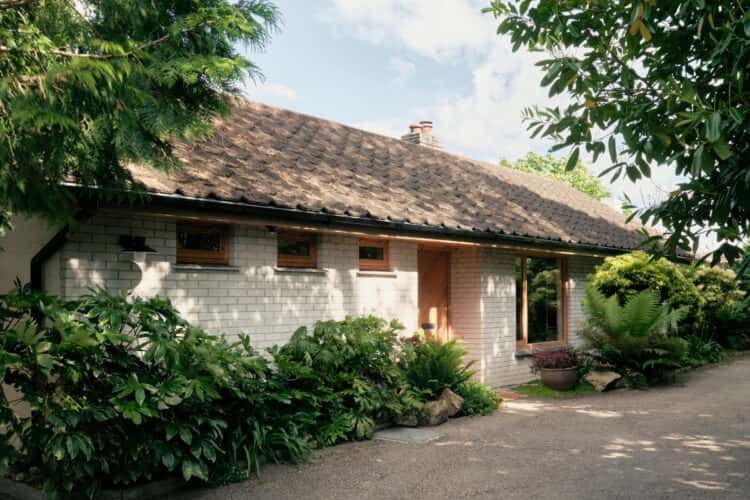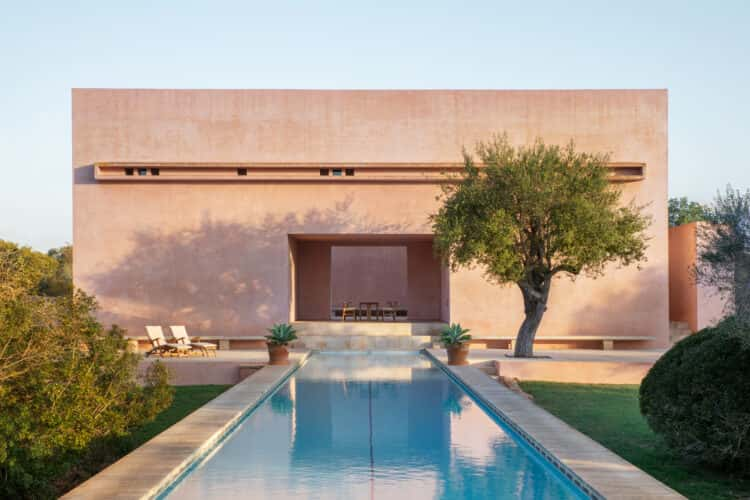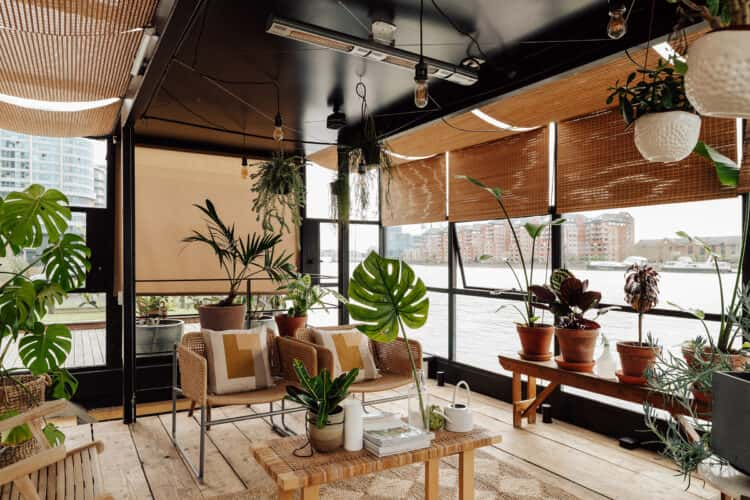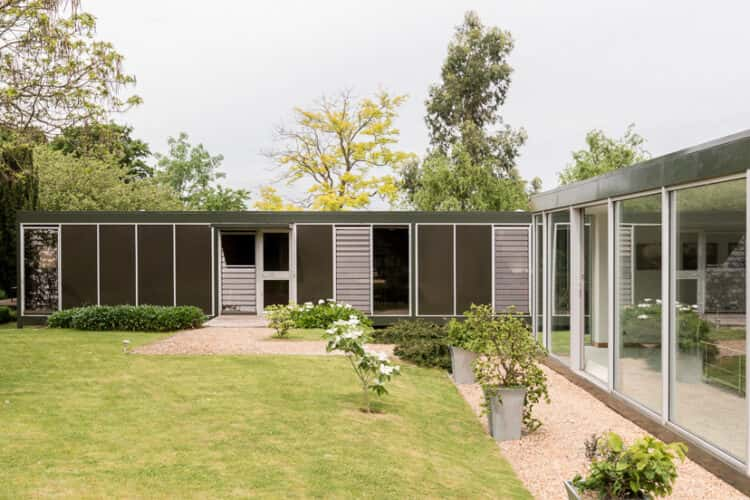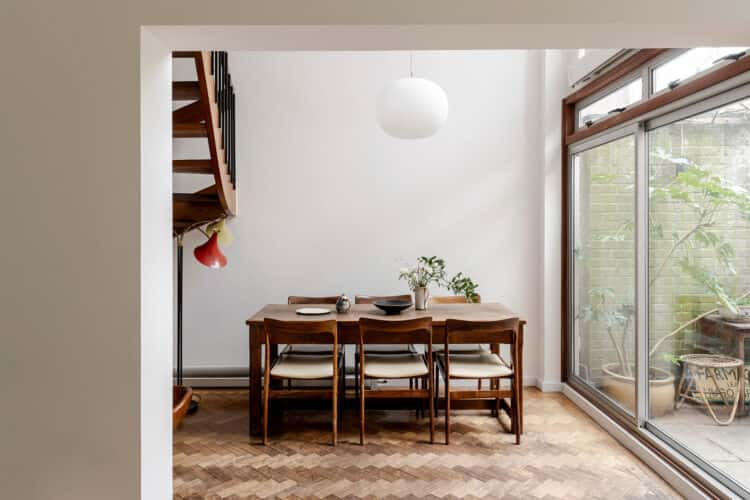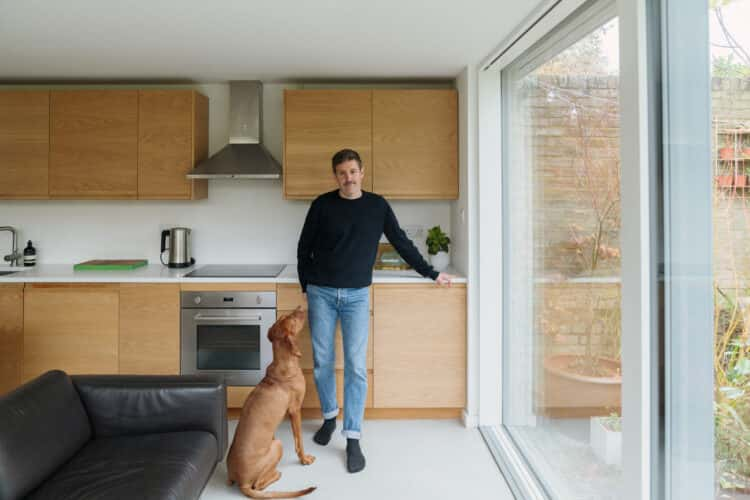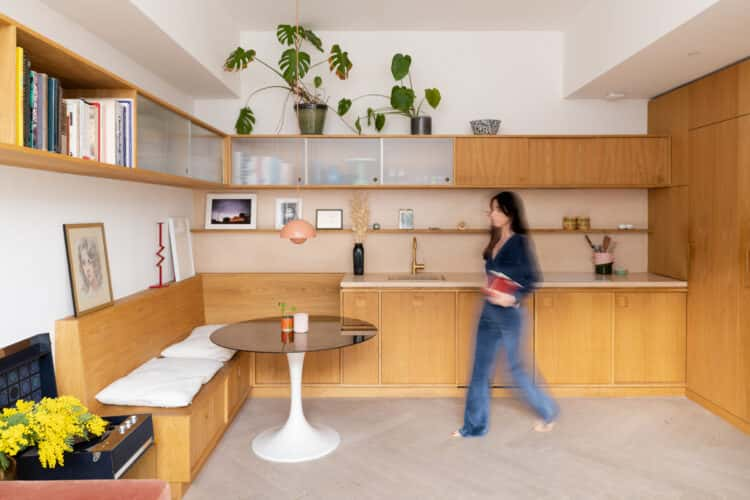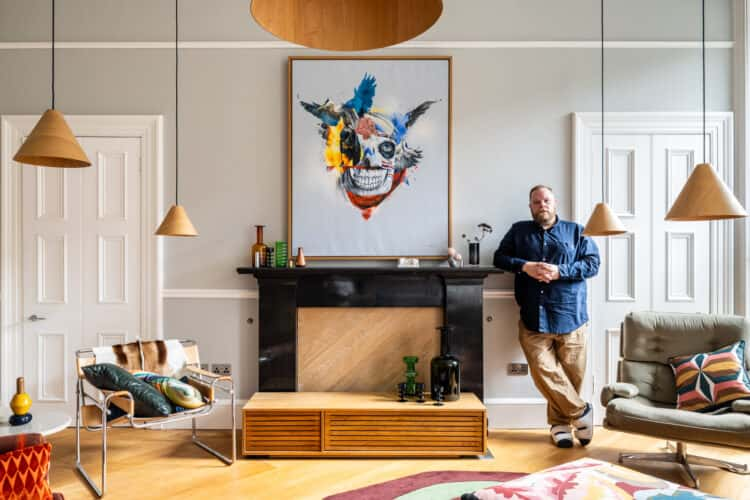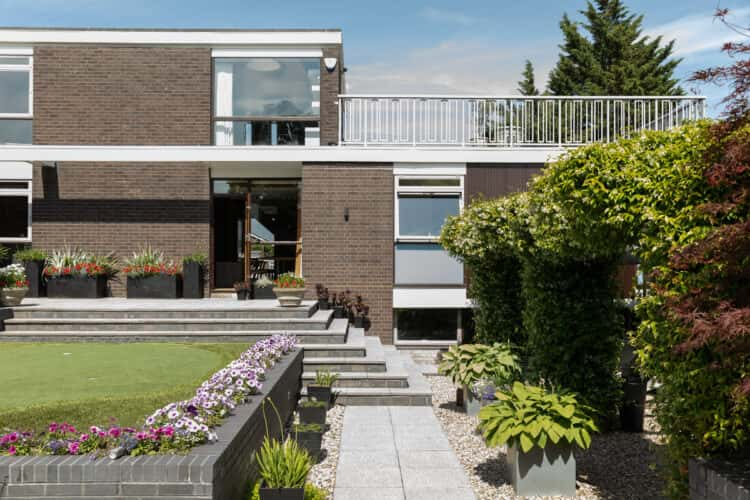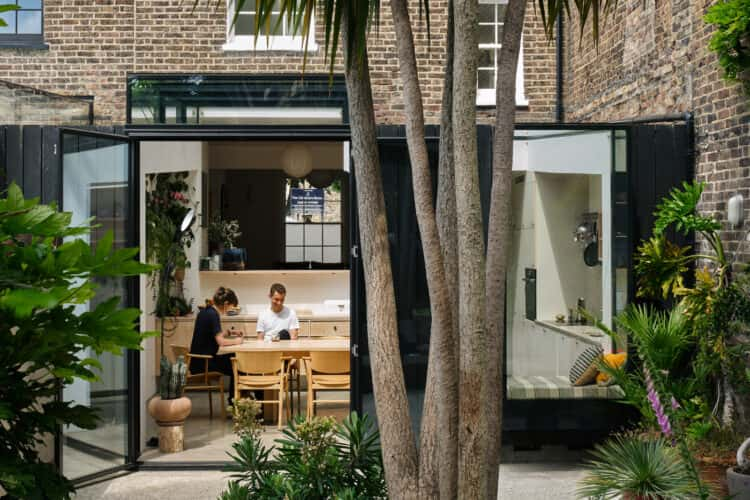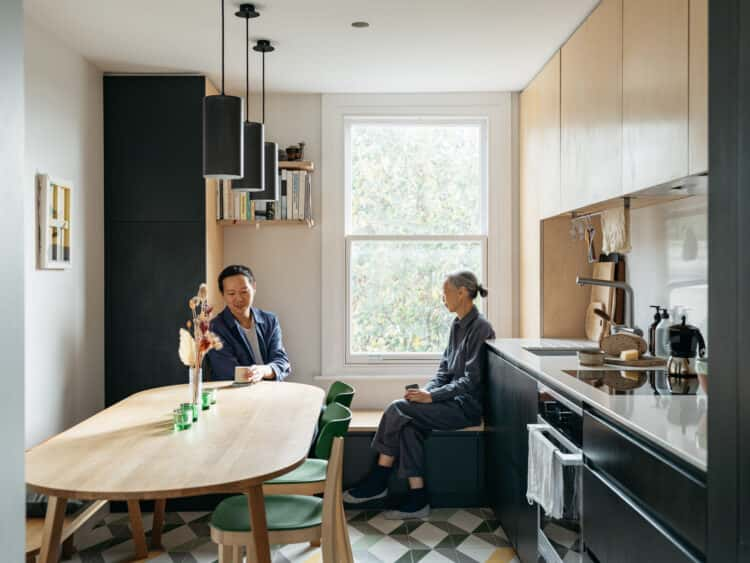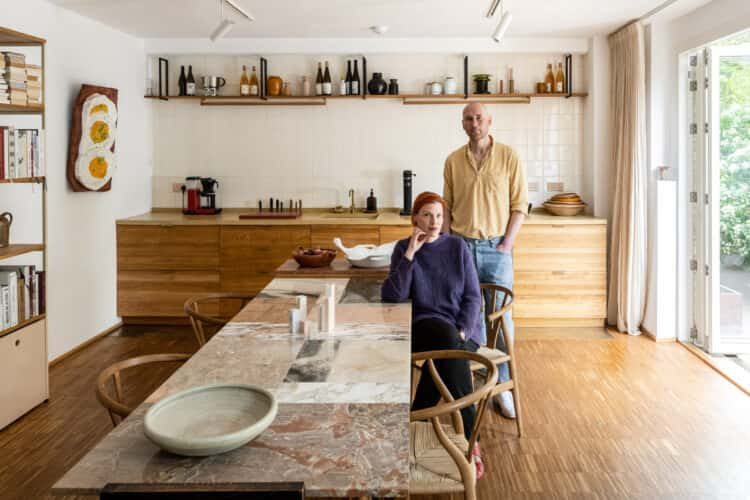Nick and Sophie Raven on the value of honest materials at their mid-century home in Feock, Cornwall
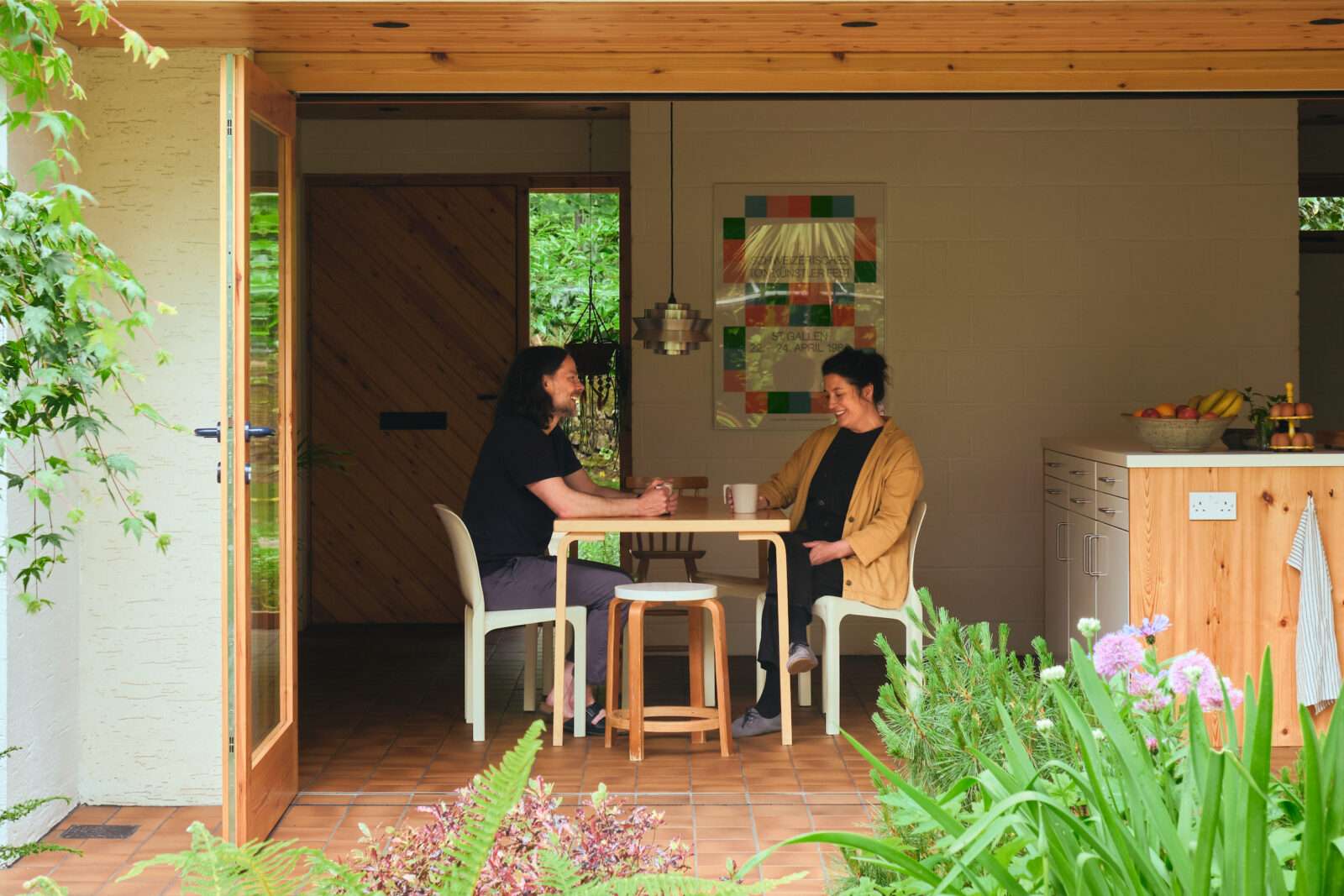
Along with a design business, two children, and a print collection, the couple share an affinity with mid-century architecture for its honesty to materials. While the house needed a little love when they bought it, they were careful not to rush things, taking time – four years, in fact – to source the most appropriate palette and people for the project. It’s been so lovingly restored and looked after that it almost appears as if it hasn’t been renovated at all. Here, as the home comes on the market, Nick and Sophie tell us about their appreciation of integrity in design and why the garden is as important as any room in the house.
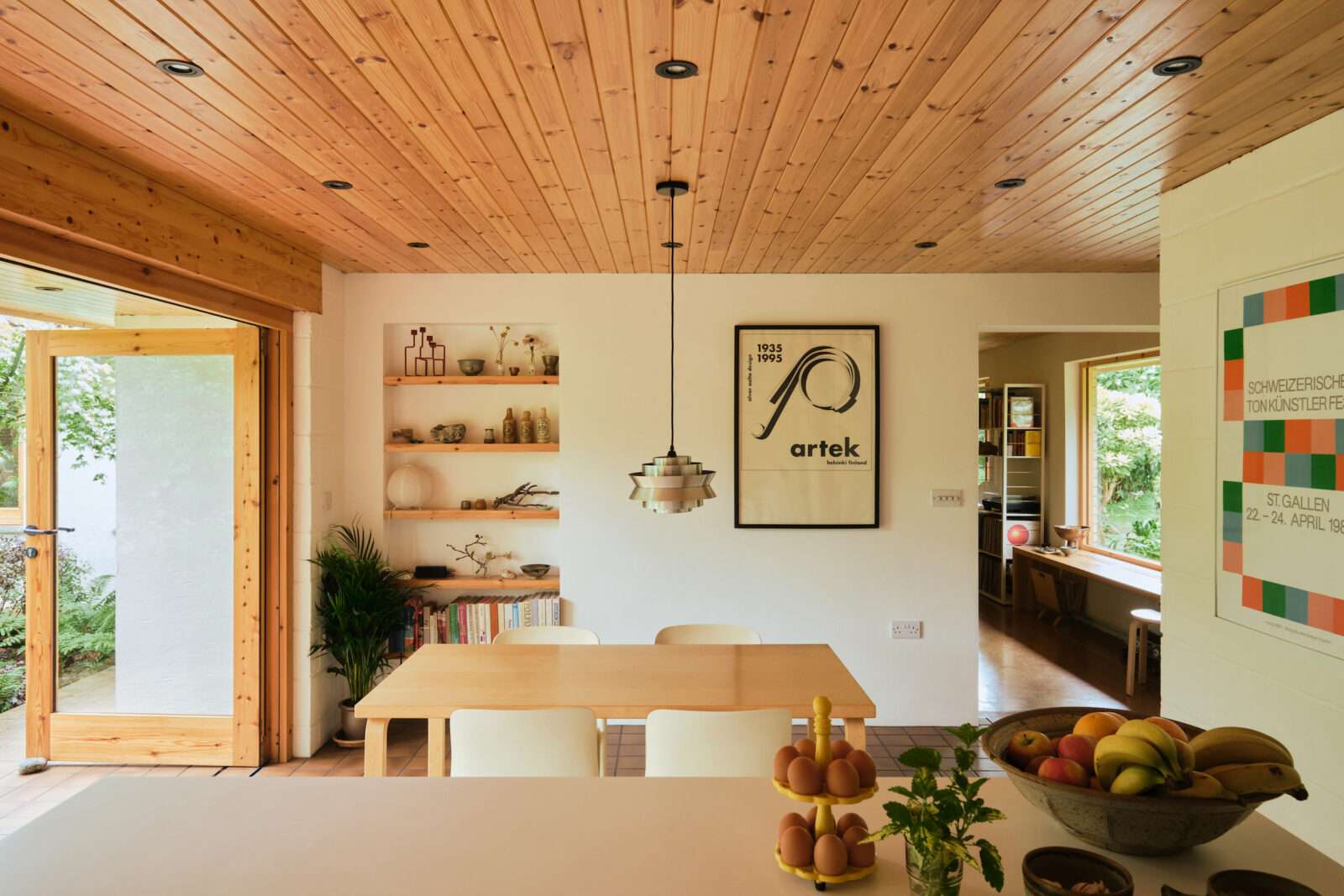
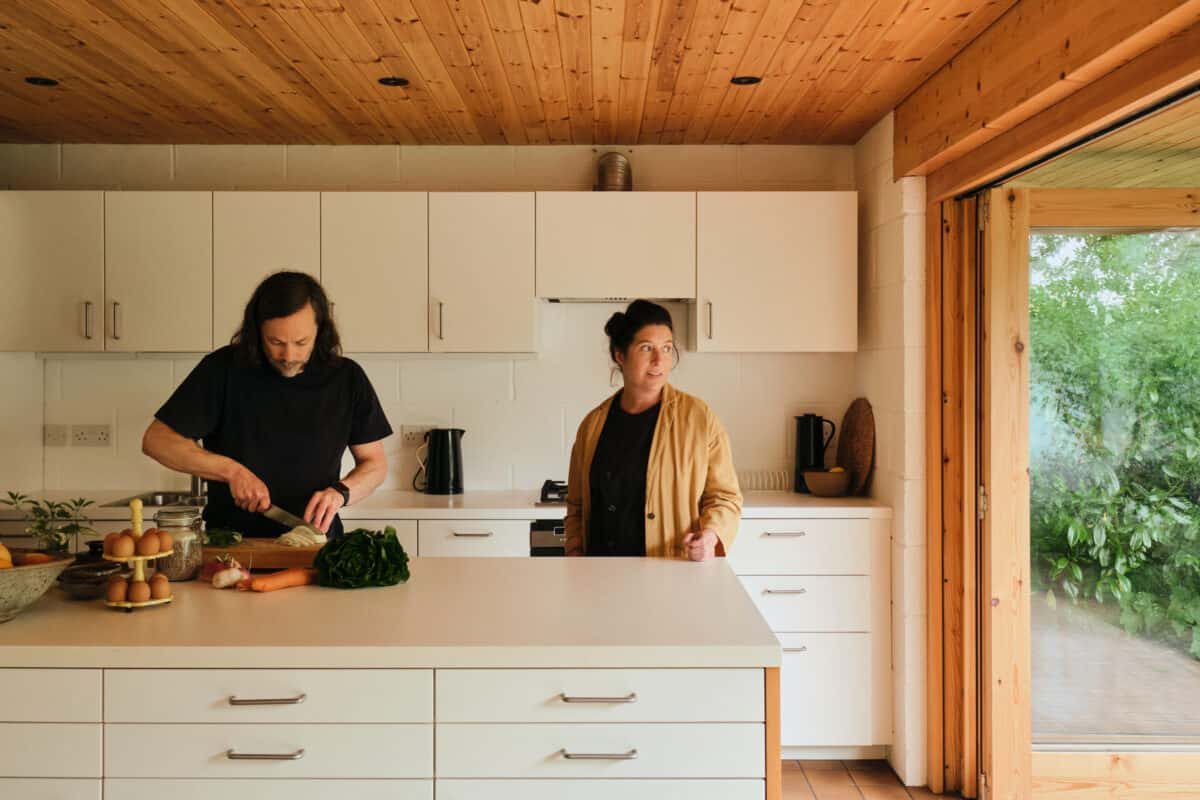
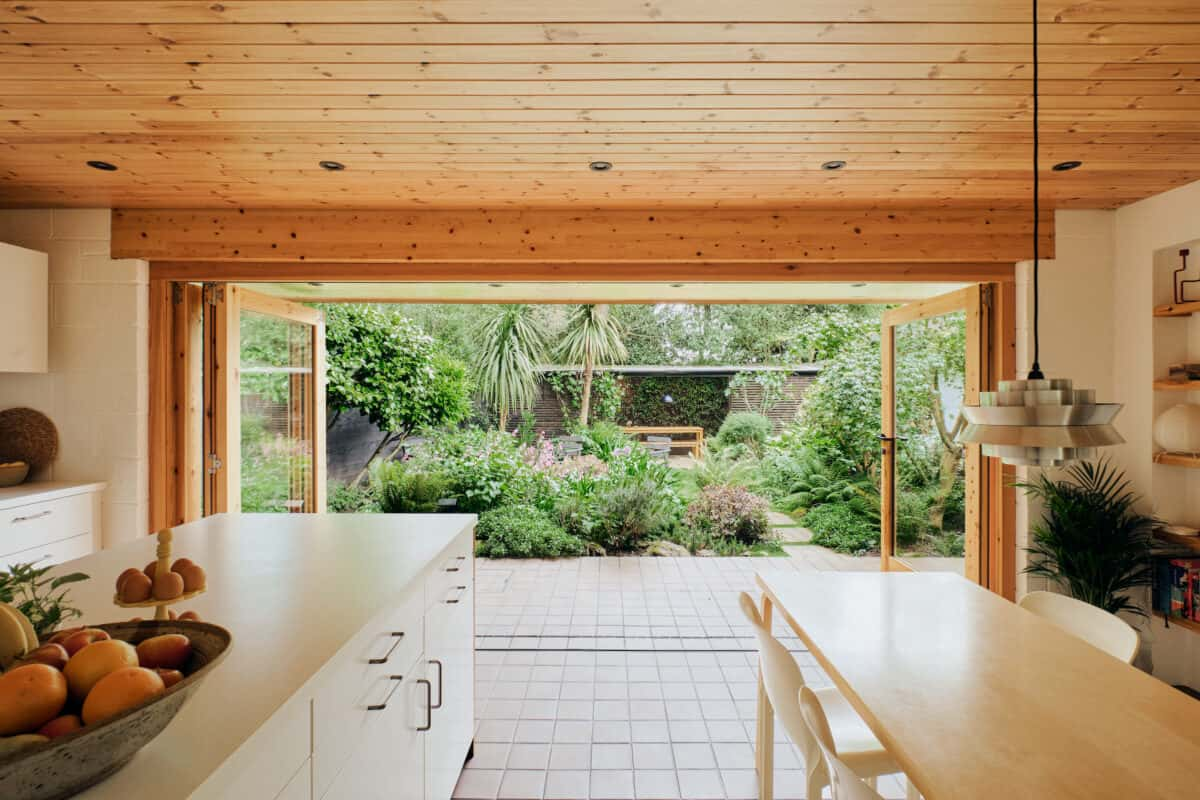
Nick: “We like everyday beauty. Nothing fancy. Things like Leach and Winchcombe pottery, which are simple but really well considered. Everything we do comes back to honesty and integrity. That’s why we love mid-century architecture: because it’s about function and quality.”
Sophie: “Our interest in that period goes quite far back. My dad was an architect and worked in Finland for a while and was obsessed with Alvar Aalto. As a kid, I was always being dragged around buildings. Mid-century architecture is just something I was brought up with.
“When I started my project, mid-century architecture wasn’t really acknowledged around here. The architect John Crowther was very generous with his time and support for the project. I regularly visited him at his home in Restronguet Point where his stories and insights gave life to the histories of these houses. Finding all these places was really exciting. It was a real time of discovery. The buildings here are fascinating. It was through that project that got to know this area of Cornwall really well. We fell in love with it.”
Nick: “We both knew the rough, rugged coastline of the north well – Soph would spend holidays there and I had done a lot of surfing. But we never knew this area of Cornwall existed. It’s calm, has a tropical climate, and the creeks and rivers are just amazing.”
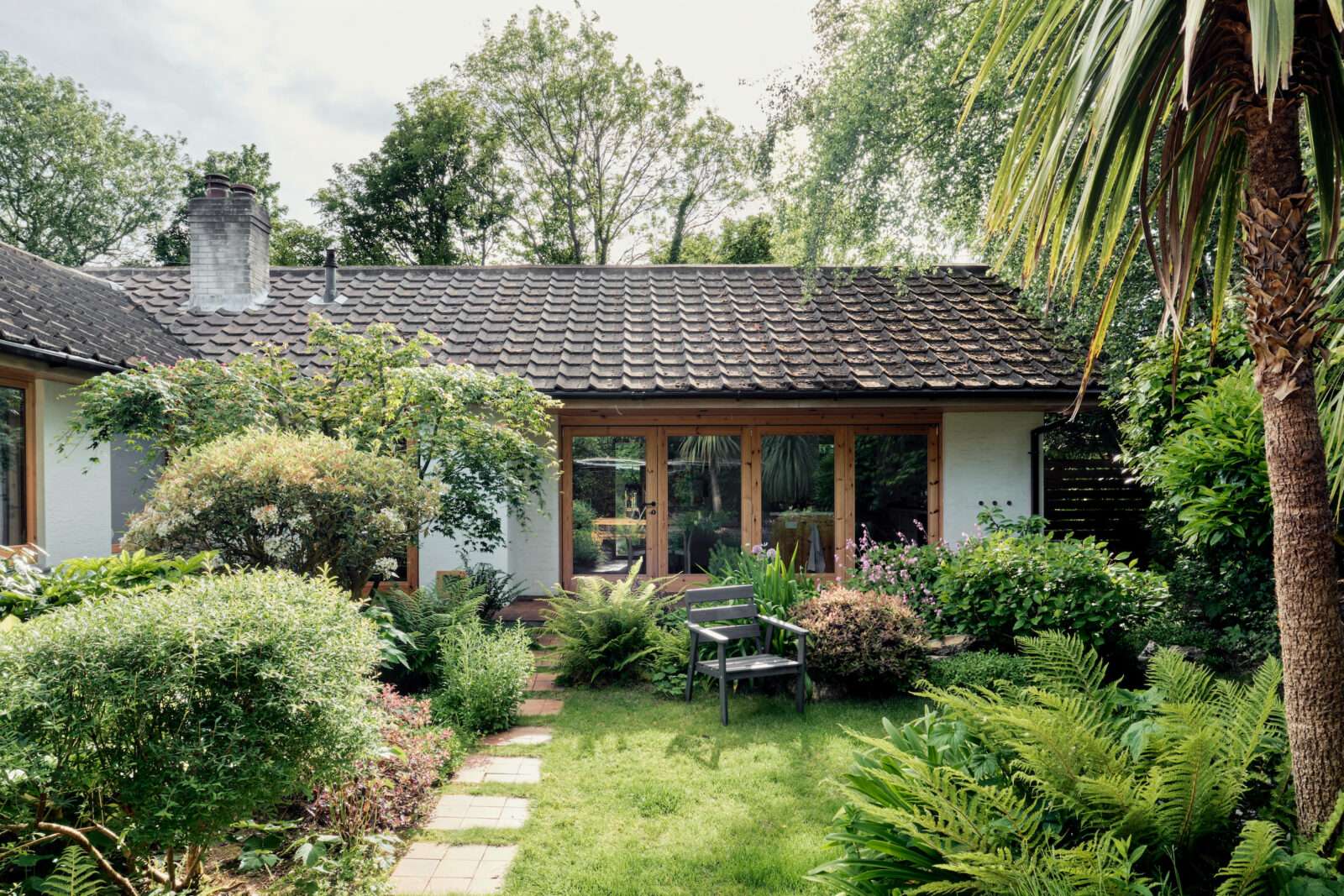
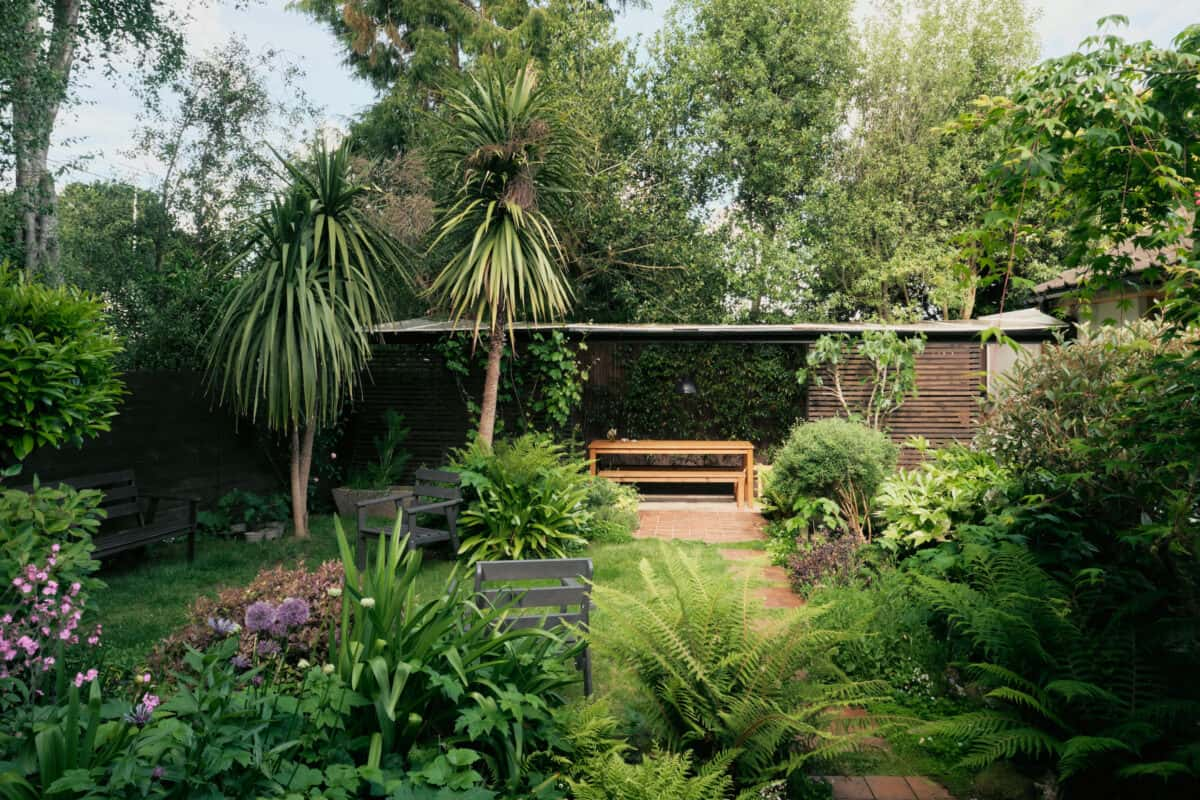
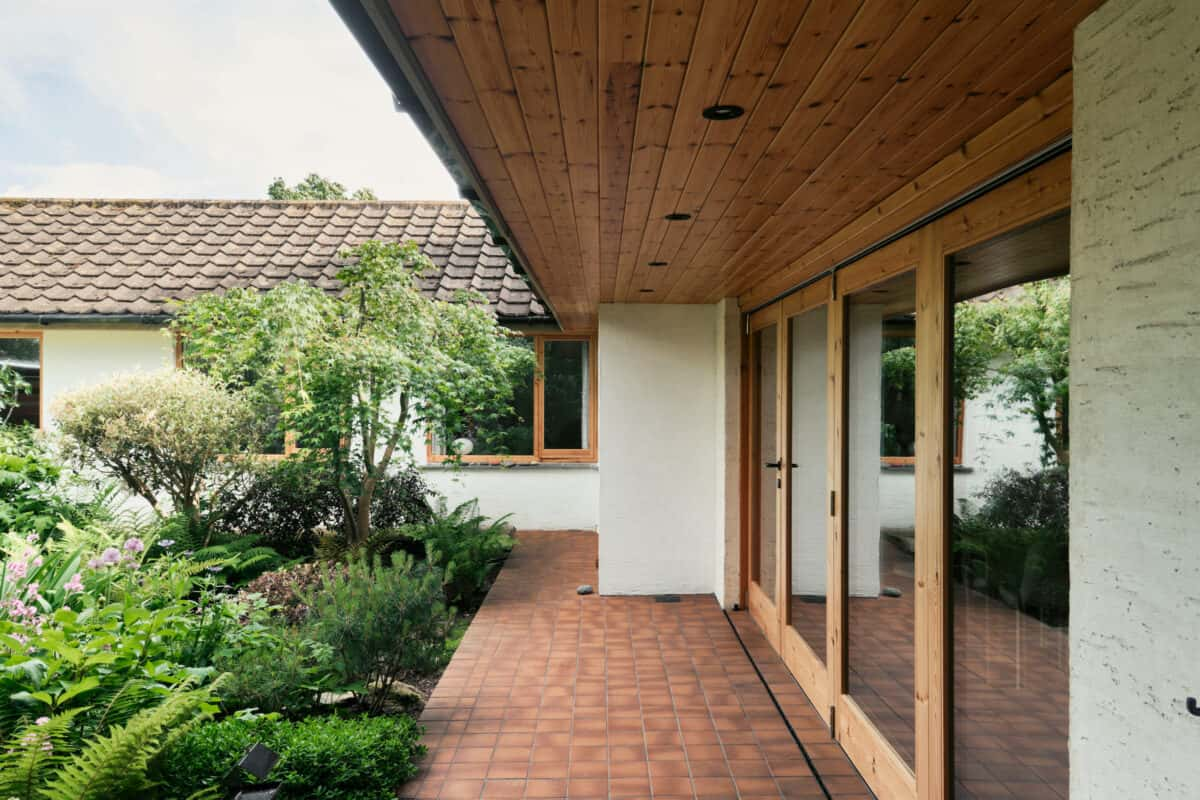
Sophie: “It was hard to find somewhere to live because there wasn’t much for sale. Then we discovered this place. We had to use our imagination, as it needed some work, but we could see the possibilities of the secluded courtyard garden and the open-plan living area. We knew the layout would work really well for us.”
Nick: “We wanted to create a sanctuary. It was really important that our space would bring quality to everyday living. We knew, for example, that it would be wonderful to have doors that open to the garden, with tiles running from inside to out. It would mean the intimate kitchen and dining area could become a really expansive space.
“We made some small alterations when we moved in, modernising the bathroom for instance, and things like that, but we talked about the extension for a long, long time before doing it. We spoke to lots of different builders and in the end, we collaborated on the project with an architect, Michael Hormann, and an interior designer, Kathryn Tyler of Linea Studio.”
Sophie: “Because we had lived here, we knew what we needed to do to the space. It all started with the materials, which to us are the most important element. We knew that we wanted to use pine, as it runs through the original building and it’s something I was brought up with at my family home. It was hard to find someone who would work with it, but we held on to our ideals and waited to find the right people. It was the same with the quarry tiles. We ended up using a producer called Ruabon, which is the same company that my dad used to use.”
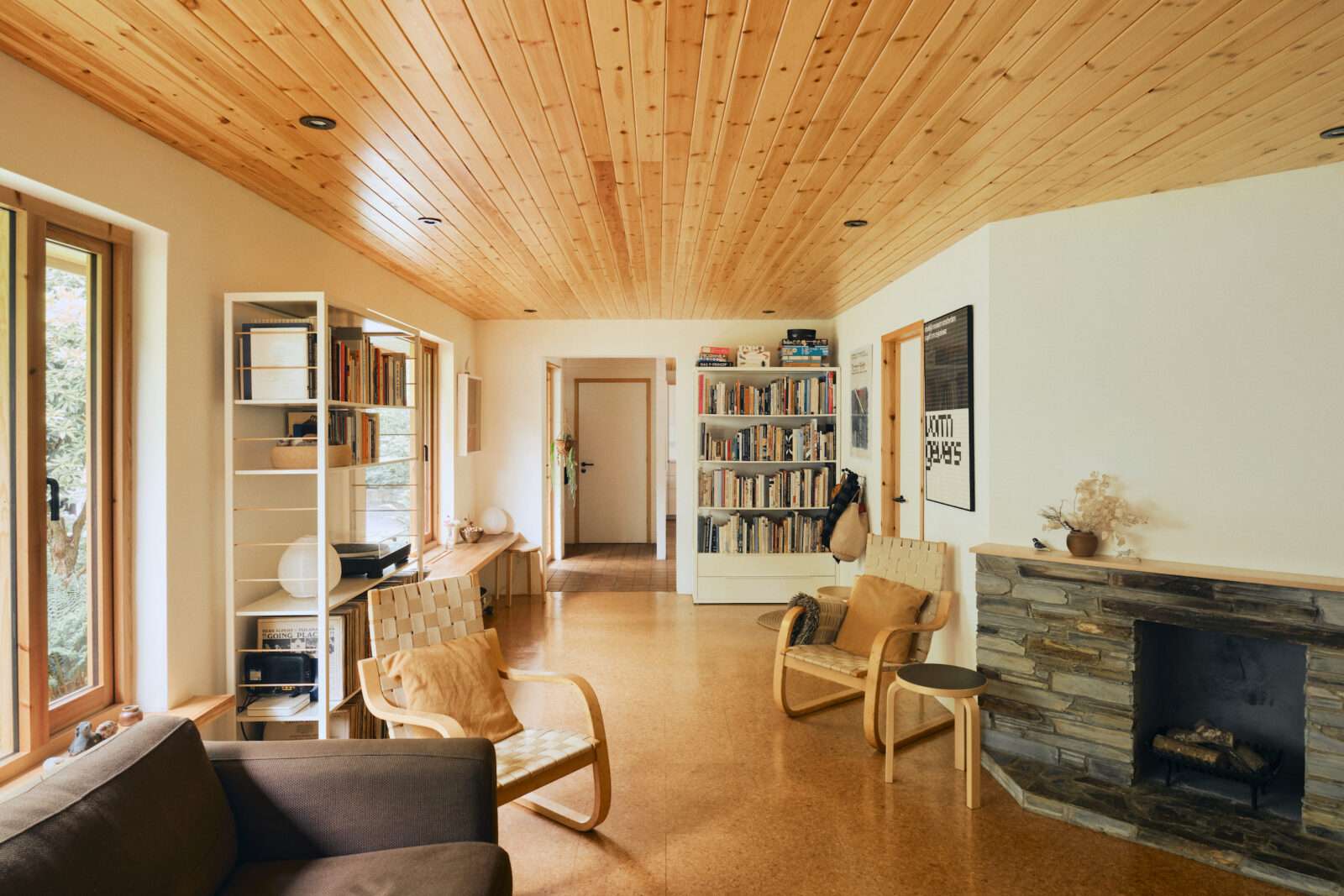
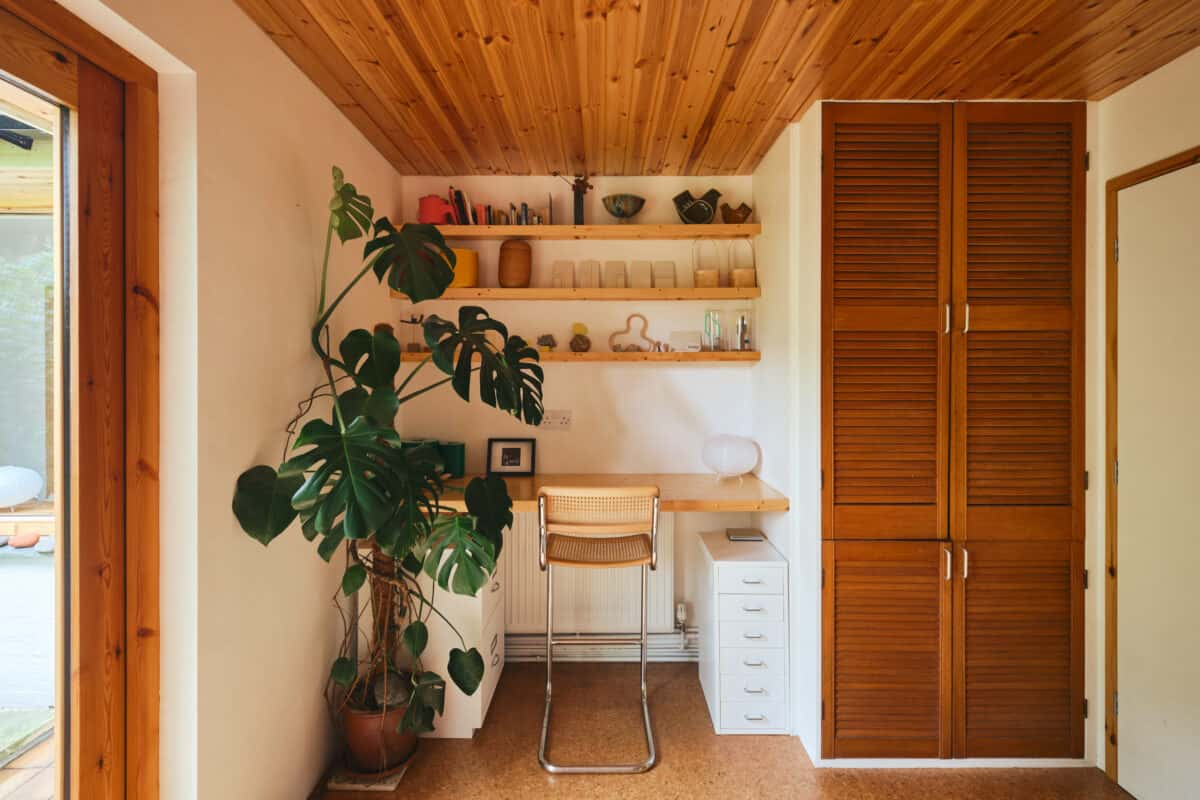
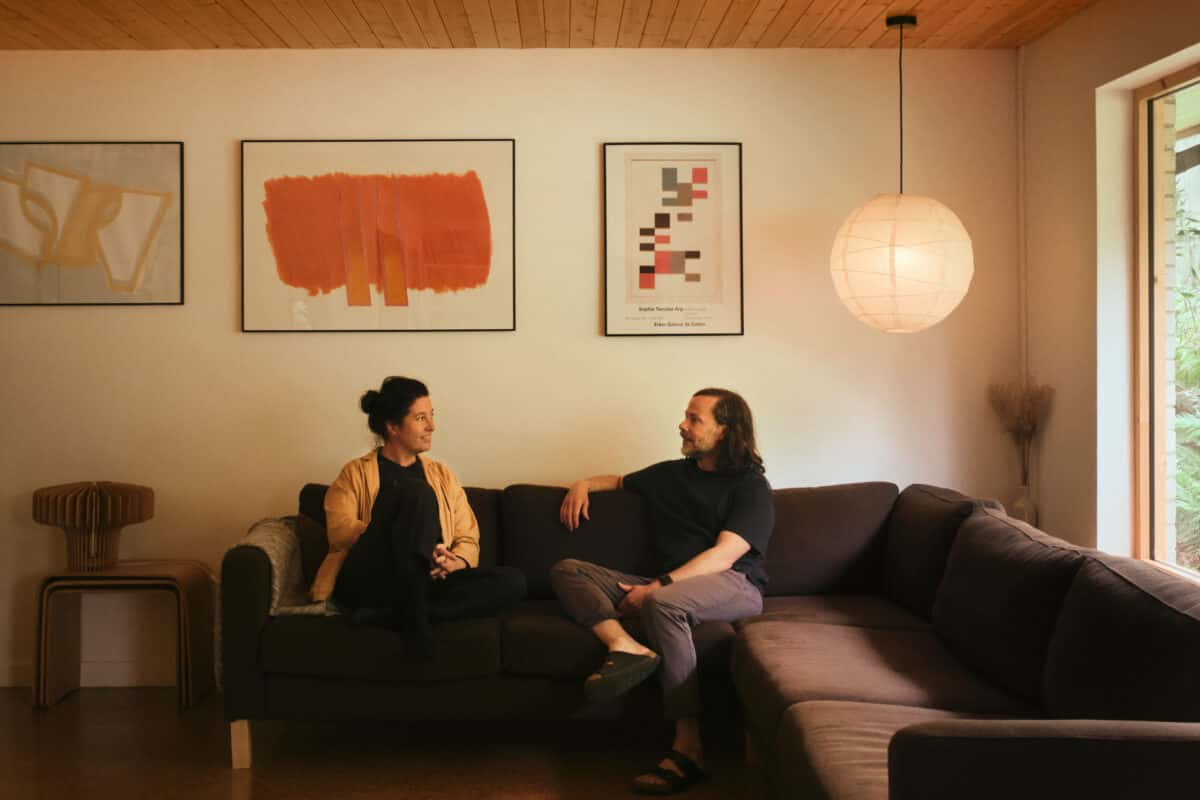
“Our tastes haven’t changed much over the years. Everything we do and have is very personal – whether it’s art or furniture. Every poster we have, for instance, has a story.”
Nick: “We got the Artek one on our honeymoon in 2008, while driving across Denmark, Sweden and Finland. The poster was in a showroom in the centre of Helsinki. It wasn’t actually for sale but we got chatting to the owner, who let us go through a big chest of them. Another is from our good friend Jessica Warboys, who we went to college with. It’s a limited-edition print from a Tate exhibition.”
Sophie: “My favourite space in the house might be the larder. I love how functional it is and the shelves in there just look amazing. Food is a massive thing for us, so the kitchen is really important. It works so well with the garden and the herbs we have there.”
Nick: “The garden is a big part of the house. We consider it another room. It’s been a real challenge to transform it over the years. I’d say Sophie is the lead designer.”
Sophie: “For me, it’s just as important as the house. Even when it’s raining we have the doors open. The light there is quite complicated and the climate is wet in winter and very dry in summer, so it took a bit of trial and error to see what would grow there. We wanted to keep it evergreen, so it could be a big focal point all year round. We have lots of Japanese plants that work well: fatsias, for instance, and acers. But I love the ferns – I would be happy with just ferns and moss. We have shady areas that mean the moss grows really well. It goes such an incredible green in winter.”
